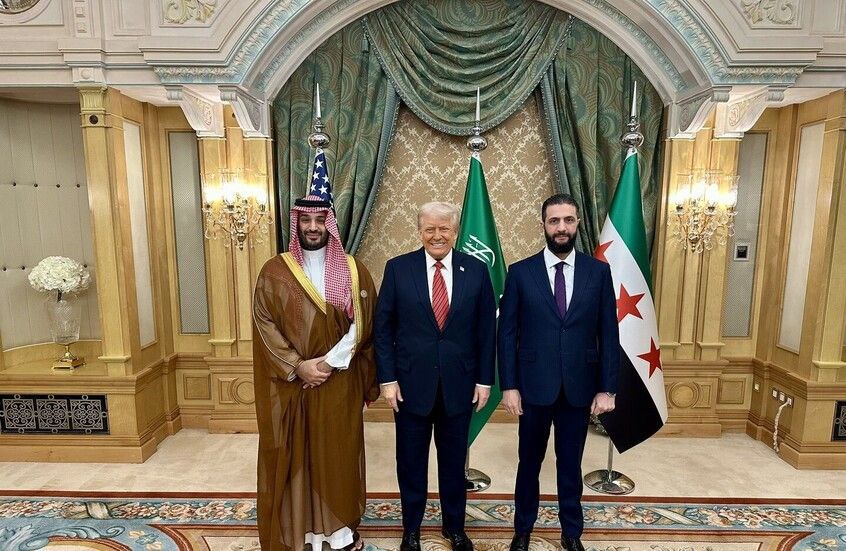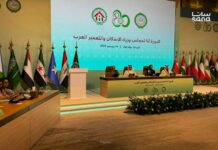
Syria witnessed radical shifts in its international economic relations after the fall of the Assad regime in December 2024. The new government, led by President Ahmad al-Sharaa, seeks to break international isolation and attract support for reconstruction and stability. These relations are based on four main axes, renewed ties with Arab and Gulf states, engagement with global powers, pursuit of reconstruction and investment, and the establishment of a new economic system amid persistent challenges.
Regional Repositioning and Strengthening Gulf Relations
Economic relations between Syria and the Gulf states witnessed a radical shift after the fall of the Assad regime in December 2024, moving from a state of estrangement and conflict to a strategic partnership that reflects the redrawing of the geopolitical and economic landscape in the region.
The Gulf states, the Kingdom of Saudi Arabia (KSA), UAE, and Qatar, established strong diplomatic and economic relations with the new government led by Sharaa, embodied in high-level visits, the reopening of embassies, and the activation of joint committees.
Gulf priorities also shifted from undermining Iranian influence to supporting Syrian stability as a condition for regional security. Qatar played a significant role, along with KSA, Qatar contributed $15 million to Syria’s debt repayment to the World Bank.
Gulf Economic Support Mechanisms
KSA led successful diplomatic efforts to lift Western sanctions on Syria, contributing to an immediate improvement in the Syrian pound (SYP), the return of air traffic and ports, and resumption of trade across the Jordanian border. Qatar and KSA also provided joint financial support for the salaries of Syrian public sector workers.
They also invested in infrastructure, with projects focusing primarily on the energy sector. KSA signed agreements to develop four gas turbines (4,000 megawatts) and a solar power plant (1,000 megawatts) covering 50% of Syria’s needs.
The US, Europe and Turkey
In May 2025, President Trump announced lifting Syrian sanctions, which would facilitate opening the Syrian economy. Washington had previously suggested a reduction of Iranian and Russian influence alongside the destruction of Captagon stockpiles, prior to removing sanctions.
From the EU’s perspective, Europe was Syria’s largest trading partner before 2011, with 42% of exports. Now they are seeking a role by pledging $300 million in funds for reconstruction projects and investments in infrastructure and transit energy between Europe and the Middle East. Turkey seeks to be a major partner in reconstruction, especially in northern Syria, with aspirations towards both economic and military agreements.
Reconstruction and Strategic Partnerships
Syria’s geographical location makes it a “gas gateway” between the Gulf and Europe, explaining the interest of Qatar and the KSA in financing energy projects. European companies are also qualified to contribute to the rehabilitation of transportation and energy networks, reducing the cost of trade with Iraq and Jordan.
One million Syrian refugees live in Europe, prompting the EU’s’ support of reconstruction to help secure refugee returns. However, the success of these efforts depend on the balance of regional interests and the stability of the political system.








